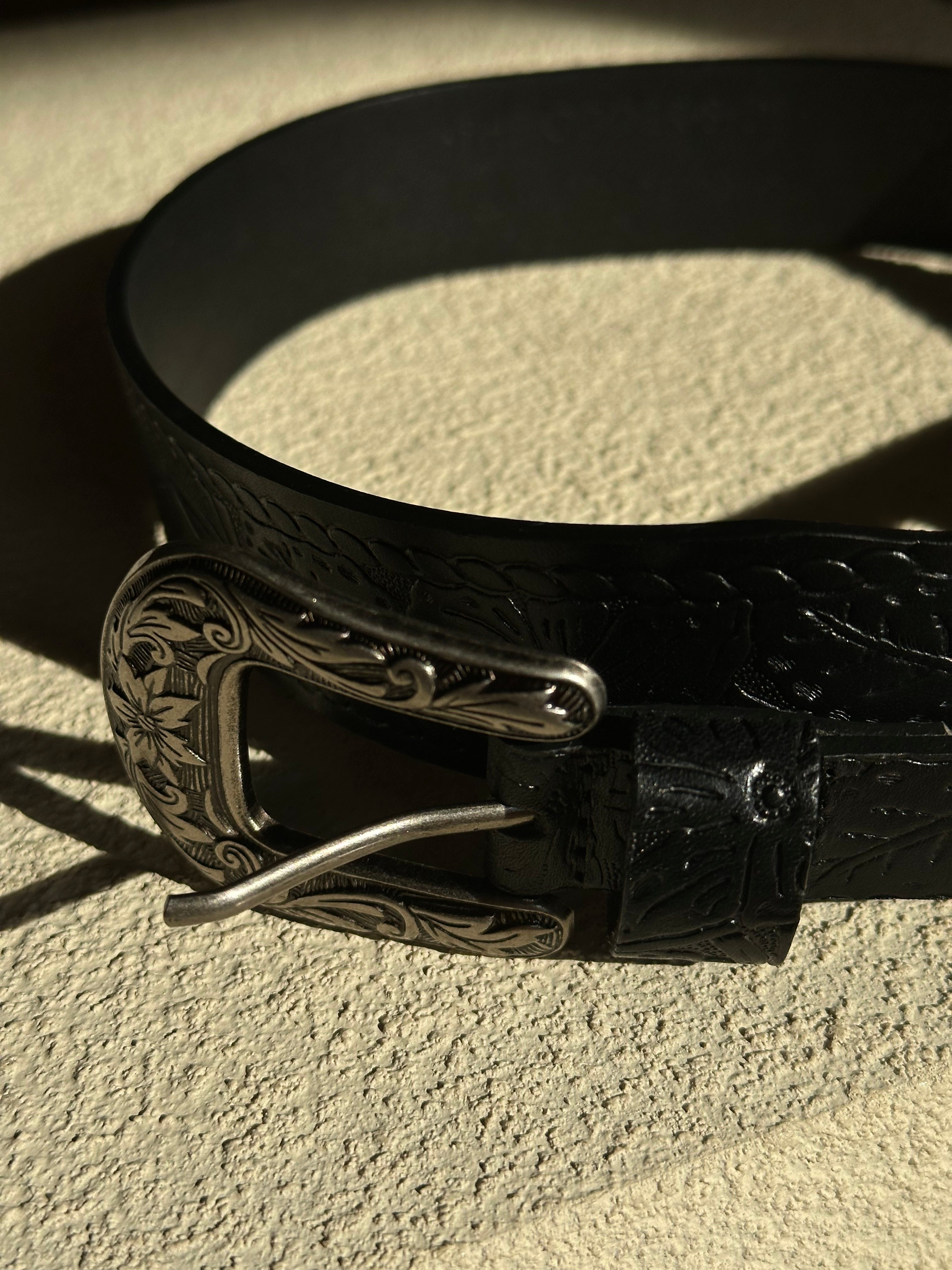
Leather belts
Caring for leather belts is essential to maintain their elasticity, durability and aesthetic appearance for a long time. The natural leather from which belts are made requires regular maintenance, as it can dry out, crack and lose its shine. Here are detailed tips for caring for leather belts:
Regular cleaning
Dry cloth: To remove dust and dirt from the surface of your leather strap, wipe it with a soft, dry cloth. Regular wiping will help prevent dirt from building up, which can damage the leather over time.
Damp cloth: If the strap is more dirty, wipe it with a damp, but not wet, cloth. Make sure the cloth is not too wet, as too much water can damage the leather, causing it to harden or discolor.
Gentle cleaning agents
Specialist leather products: For a more thorough cleaning, use special products designed for leather care. These products are designed to clean the leather without damaging its delicate structure. Apply a small amount of the product to a soft cloth and gently wipe the strap to remove dirt.
Home remedy (saddle soap): You can also use saddle soap, which is gentle and suitable for cleaning leather. Apply the soap to a damp sponge, then rub lightly into the strap to remove dirt. Be sure to wipe the strap thoroughly with a damp cloth afterwards to remove any soap residue.
Skin hydration
Leather balm: Natural leather loses its natural oils over time, which leads to dryness and cracking. To prevent this, regularly moisturize your belt with leather balm. Just a small amount of product, rubbed into the belt with a soft cloth, will restore the leather's elasticity and give it a healthy shine.
Skin Oil: Alternatively, you can use skin care oils such as mink oil or beeswax oil. These oils penetrate deep into the skin, moisturizing it and protecting it from cracking. Use them sparingly so as not to over-saturate the skin, which can cause it to become greasy.
Avoid excessive moisture
Avoid getting your strap wet: Leather is sensitive to excess moisture, so try to avoid getting your strap wet. If your strap gets wet (e.g. in the rain), wipe it off immediately with a dry cloth and let it dry at room temperature, away from direct heat sources such as radiators or dryers, which can dry out and damage the leather.
Water protection: To protect your strap from moisture, you can apply leather waterproofing products that create a protective barrier, reducing the risk of water ingress.
Protection against heat and sun
Avoid high temperatures: Extreme temperatures can dry out and damage the leather, so store your strap away from heat sources such as radiators, heaters or dryers.
Avoid prolonged exposure to the sun: Prolonged exposure to UV radiation can cause the leather to fade and weaken. When not wearing the strap, store it in a drawer or in a dark place to avoid exposure to direct sunlight.
Storing leather belts
Hanging or Rolling: Leather belts are best stored hanging on a hanger or loosely rolled. Avoid tightly rolling or bending the belt, as this can cause permanent creases or cracks in the leather.
Dry storage: Leather is sensitive to moisture, so store your straps in a dry, well-ventilated place. Excessive moisture in the environment can lead to mold and damage.
Cleaning the belt buckle
Metal buckles: For metal buckles that may collect dirt or tarnish, wipe them regularly with a soft cloth. Gentle metal cleaners can be used to clean metal buckles, but make sure they don't touch the leather as they can damage it.
Avoid contact with chemicals
Caution with cosmetics and perfumes: Avoid contact of the strip with perfumes, deodorants, alcohol and other cosmetics that can weaken the leather and cause its discoloration.
Regeneration of old leather
Renovating leather belts: If your belt has lost its color or is starting to look worn, you can renovate it with leather dyes. Use special renovating products that will refresh the color and restore the leather to its former appearance. Use them according to the manufacturer's instructions.
Belt impregnation
Leather waterproofing: Waterproof your belt regularly to protect it from moisture and dirt. Commercial waterproofing agents create a protective layer on the leather that helps maintain its elasticity and durability. After waterproofing, allow the belt to dry thoroughly before use.
With regular care and proper treatment, a leather belt can last for many years, maintaining its elegant appearance and durability.
Cart (0)
Your cart is currently empty.
Continue shopping